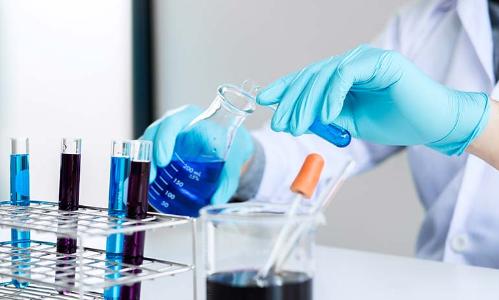Faculty of Science
More ...About Faculty of Science
Faculty of Science
The Faculty of Science is the core at the University of Tripoli, as it was the first that established in this prestigious university. It is also the first faculty of science in Libya. At the present, it includes ten scientific departments: Departments of Zoology, Mathematics, Physics, Chemistry, Botany, Geology, Computer Science and Statistics, Atmospheric science and geophysics. It currently works to create a new department of Archaeology in order to study the scientific and research side of the historical heritage of the Libyan people. Graduates of this college have worked in various governmental sectors, such as oil exploration, extraction and refining, chemical industries complexes in Abu Kamash and Ras Al-Anuf, as well as plastics companies in production and manufacturing, and in factories for soap, cleaning materials and others. They were also recruited by the education sector in different research and pedagogical areas.
The graduates of this faculty have led the scientific process for many years and still represent the first building block in all colleges of science, and some other colleges in all Libyan universities for the past five decades. The scope of work for graduates included Faculties of Medicine (in the field of basic sciences, biochemistry, anatomy, histology and microbiology), many departments in the Faculty of Agriculture, general engineering, chemical and geological engineering; in particular, medical technology and pharmacy, and the Faculty of Economics and Arts. The Faculty of Science provides teaching assistants to other faculties and universities in the Libyan state.
The Faculty of Science is the first to create graduate studies programs in Libya, despite the nature of graduate studies in basic sciences, which need capabilities other than competent professors. Teaching staff in this institution graduated from international universities in the West and the East (USA, UK, Australia, and other European countries). They graduated from universities that are well-known for their high academic standard.
Having obtained their first university degree or higher degrees of specialization from Libya or abroad, graduates of Faculty of Science worked for industrial and nuclear research centers, petroleum sector, marine life, biotechnology, plastics, and other specialized research centers.
The Faculty has also enriched the scientific research movement in the fields of basic sciences in the Libyan state through the issuance of refereed basic science journal.













